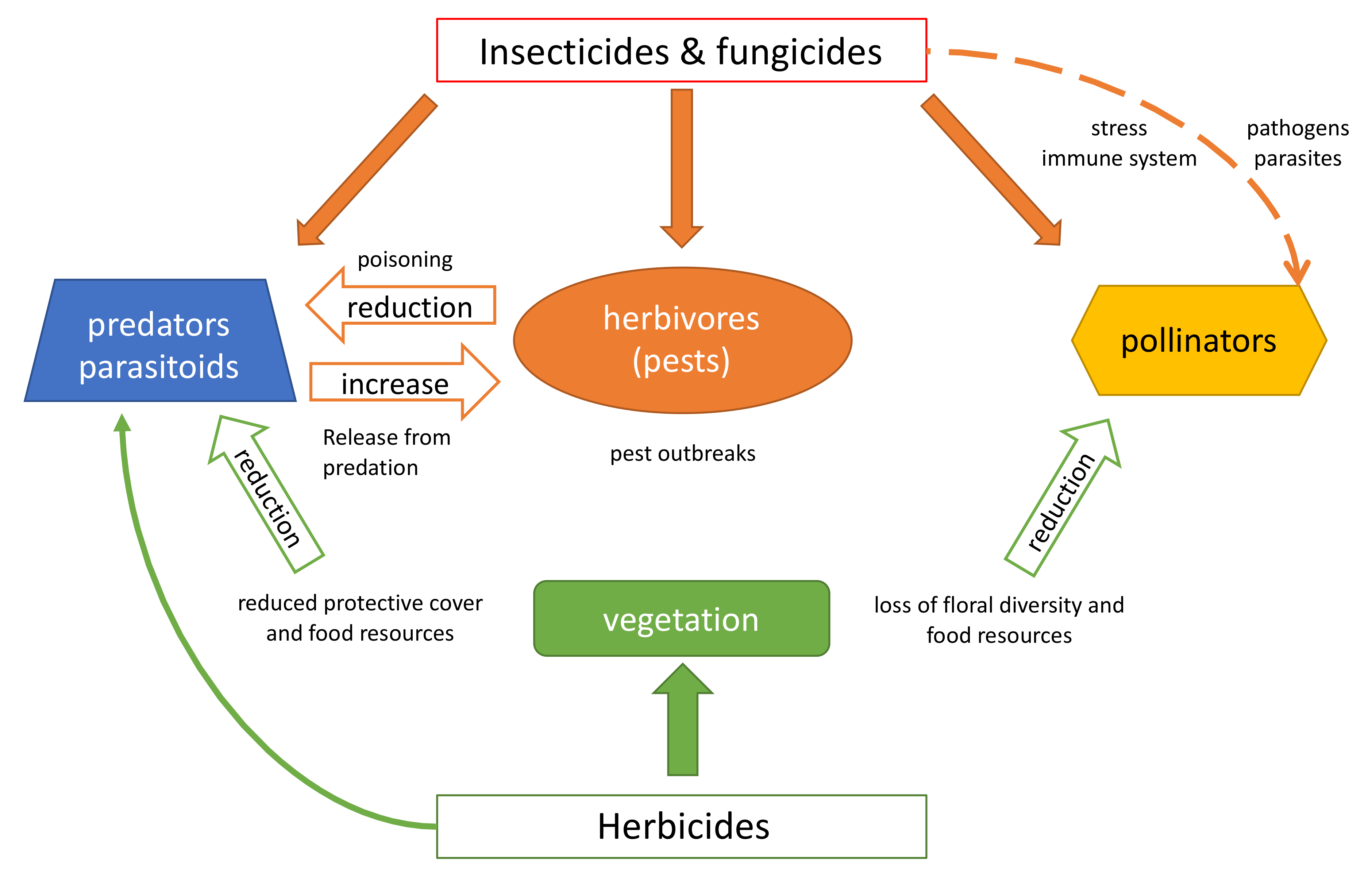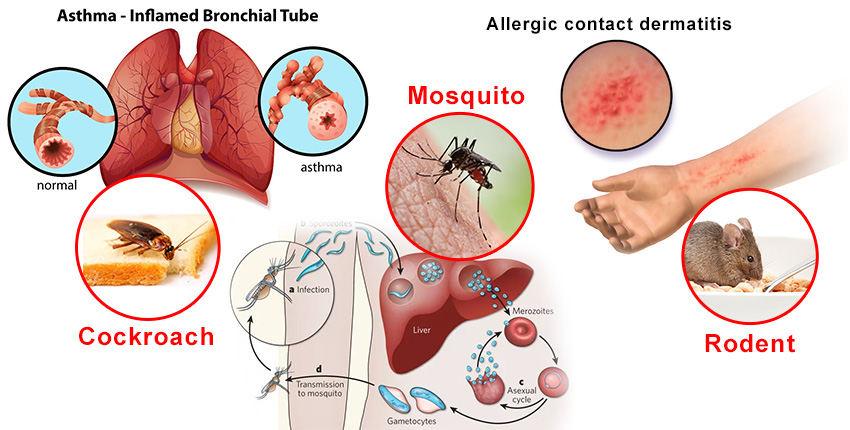Top Guidelines Of Eco Bed Bug Exterminators Dc
Wiki Article
The Single Strategy To Use For Eco Bed Bug Exterminators Dc
Table of ContentsThings about Eco Bed Bug Exterminators DcNot known Details About Eco Bed Bug Exterminators Dc Fascination About Eco Bed Bug Exterminators DcThe Only Guide for Eco Bed Bug Exterminators DcWhat Does Eco Bed Bug Exterminators Dc Mean?
Since chemicals are poisonous, they are likewise potentially unsafe to human beings, pets, various other microorganisms, and the atmosphere. Therefore, individuals who utilize chemicals or consistently come in call with them have to recognize the relative toxicity, potential health effects, and preventative actions to minimize exposure to the items they use. Threat, or danger, of making use of chemicals is the possibility for injury, or the degree of threat entailed in using a chemical under an offered set of problems.
Nevertheless, applicators can lessen or almost get rid of direct exposure-- and therefore minimize danger-- by following the label guidelines, utilizing personal protective apparel and devices (PPE), and taking care of the chemical appropriately. For example, more than 95 percent of all pesticide direct exposures come from facial exposure, largely to the hands and forearms. By putting on a set of unlined, chemical-resistant handwear covers, this kind of exposure can be nearly eliminated.
The harmful effects that happen from a single direct exposure by any kind of route of access are termed "intense results." The 4 routes of exposure are facial (skin), breathing (lungs), oral (mouth), and the eyes. Acute poisoning is figured out by examining the facial poisoning, inhalation poisoning, and oral toxicity of test pets.
Getting My Eco Bed Bug Exterminators Dc To Work
Acute toxicity is gauged as the quantity or concentration of a toxicant-- the a.i.-- required to kill 50 percent of the animals in an examination populace. This measure is normally expressed as the LD50 (dangerous dose 50) or the LC50 (deadly focus 50). Additionally, the LD50 and LC50 values are based on a single dosage and are taped in milligrams of chemical per kilo of body weight (mg/kg) of the guinea pig or in components per million (ppm).The reduced the LD50 or LC50 value of a pesticide product, the greater its toxicity to humans and animals. Pesticides with a high LD50 are the least harmful to people if made use of according to the instructions on the product tag. The chronic toxicity of a pesticide is determined by subjecting guinea pig to lasting exposure to the energetic component.
The chronic poisoning of a pesticide is harder than intense toxicity to determine with research laboratory analysis. Products are classified on the basis of their family member acute toxicity (their LD50 or LC50 worths). Chemicals that are identified as very hazardous (Poisoning Category I) on the basis of either oral, dermal, or inhalation toxicity should have the signal words risk and POISON published in red with a head and crossbones sign plainly displayed on the front panel of the plan tag.
The acute (single dose) dental LD50 for pesticide items in this team varies from a trace quantity to 50 mg/kg. For instance, exposure of a few declines of a material taken orally can be deadly to a 150-pound individual. Some pesticide items have simply the signal word threat, which informs you absolutely nothing regarding the acute toxicity, just that the product can create extreme eye damages or serious skin irritation
A Biased View of Eco Bed Bug Exterminators Dc
In this classification, the intense dental LD50 ranges from 50 to 500 mg/kg. A tsp to an ounce of this material can be fatal to a 150-pound person (bed bug exterminator). Chemical products identified as either a little harmful or reasonably nontoxic (Toxicity Groups III and IV) are called for to have the signal word care on the pesticide tag
The 5-Second Trick For Eco Bed Bug Exterminators Dc
All pesticide toxicity chemical, including the LD50, can be found on located product's Material Safety Product Sheet InformationMSDS). Chemical labels and MSDS can be obtained from sellers or manufactures. Additionally, most products also have information that can be discovered on the web. The symptoms of chemical poisoning can range from a light skin irritability to coma or even death.Due to the fact that of potential health issues, pesticide individuals and trainers should identify the usual indicators and signs of pesticide poisoning. The results, or signs, of chemical poisoning can be broadly defined as either topical or systemic.
The 7-Second Trick For Eco Bed Bug Exterminators Dc
Dermatitis, or swelling of the skin, is approved as the most typically reported topical effect connected with pesticide exposure. Some people tend to cough, hiss, or sneeze when revealed to chemical sprays.
This symptom generally subsides within a few minutes after an individual is eliminated from the exposure to the toxic irritant. A reaction to a pesticide item that causes somebody not only to sneeze and cough however likewise to create severe acute respiratory system symptoms is extra likely to be a true hypersensitivity or allergic reaction.
Systemic effects are fairly various from topical impacts. They frequently take place away from the initial point of call as a result of the chemical being taken in into and dispersed throughout the body. Systemic effects typically consist of nausea, throwing up, exhaustion, headache, and intestinal tract conditions. In sophisticated poisoning instances, the person might experience changes in heart rate, trouble breathing, convulsions, and coma, which might cause death.
Report this wiki page